Get PeakVisor App
Sign In
Search by GPS coordinates
- Latitude
- ° ' ''
- Longitude
- ° ' ''
- Units of Length

Yes
Cancel
Share ×

Scan the QR code and open PeakVisor on your phone
❤ Wishlist ×
Choose
Delete
Halifax Regional Municipality (or HRM for short) is an administrative region located in Nova Scotia, Canada. The municipality consists of four formerly separate municipalities—Halifax, Dartmouth, Halifax County, and Bedford—that were combined in 1996. The region is home to 161 named mountains, including popular peaks like Nicholson Hill, Target Hill, and Blue Mountain Hill.
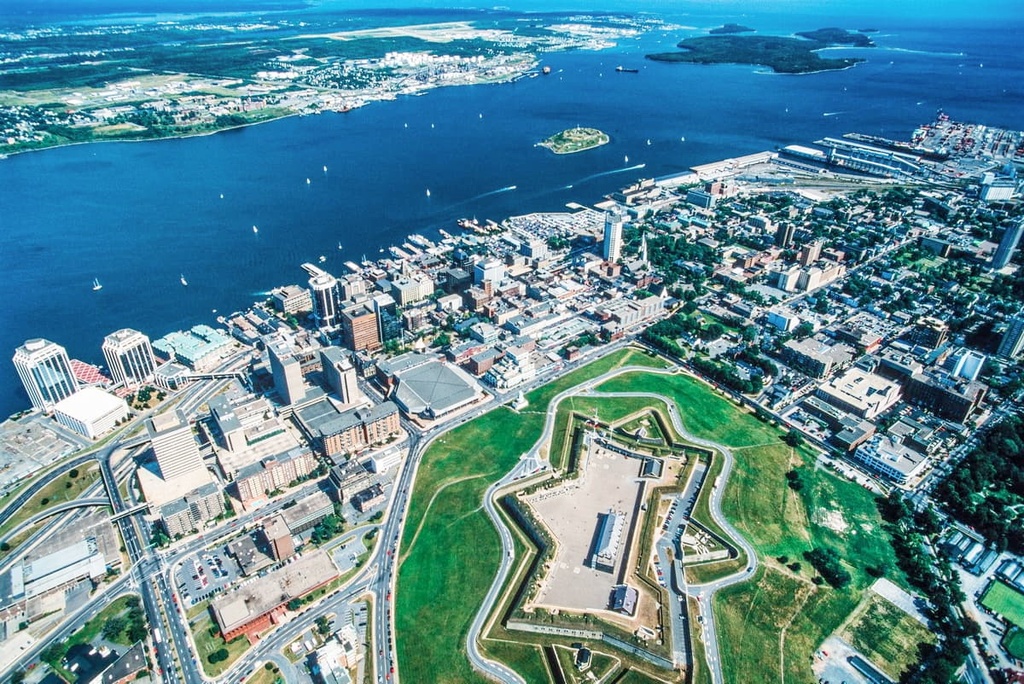
With a population of 448,544 people spread across four distinctive municipalities, Halifax Regional Municipality is the largest amalgamated municipality in all of Atlantic Canada. The HRM, which is located in the west-central part of Nova Scotia, is also home to Halifax, the capital city of the province (and the city from which the municipality gets its name).
The HRM consists of a total surface area of 5,476 square kilometers (2,114 sq. mi). Along with urban zones, acres of lush farmland, rolling hills, and heavily forested areas, the municipality also boasts approximately 400 km (249 mi) of coastline spread out across sandy beaches and rocky outcroppings.
With that in mind, there are several notable sights to see along the coastline of the HRM. Peggy’s Cove, Lawrencetown Beach, the St. Margarets Bay loop, and the Halifax Harbour waterfront are all popular destinations in the area.
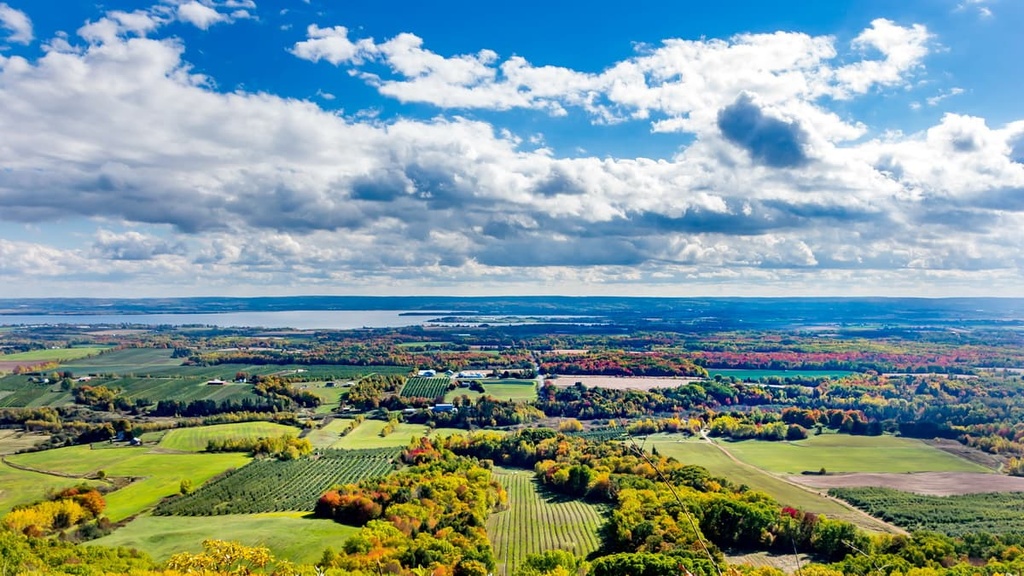
The major point of geologic interest in the HRM is undoubtedly Halifax Harbour. As one of the largest and deepest ice-free harbors in the world, it’s safe to say that there would be no Halifax as it exists today without Halifax Harbour.
The harbor (and surrounding HRM regions) are located on the Cambrian to Ordovician Meguma terrane, which largely consists of a range of rock types, such as Devonian granite, Goldenville Formation quartzite, and Halifax Formation slate.
Much of the bedrock found in the inner harbor is buried beneath thick sediments. Further out toward the outer harbor, the bedrock reaches the seabed surface in about 50 percent of the area.
Towering above the Halifax Harbour stands the historic site of Citadel Hill. In spite of its name, Citadel Hill is actually considered to be a drumlin, geology-wise.

Citadel Hill was formed between 70,000 to 10,000 years ago when Nova Scotia was mainly covered by a thick sheet of ice. Over time, the movement of the glaciers left behind glacial till consisting of rocks, sand, and clay. This leftover till eventually formed a series of small hills and drumlins, including Citadel Hill.
Thanks to its varied geological history, Nova Scotia is considered quite a biologically-rich province. In fact, the province is home to at least 6,000 species of plants and animals. Researchers have also identified over 20,000 species of invertebrates in the region. The HRM itself is also home to several protected areas, including wilderness areas, nature reserves, and heritage rivers.
It’s not uncommon to spot several varieties of small to medium-sized mammals when out hiking in the municipality. Hikers will typically encounter snowshoe hares, white-tailed deer, eastern chipmunks, woodchucks, beavers, and deer mice. Sightings of porcupines, black bears, coyotes, bobcats, and eastern cougars are possible but less common in the municipality.

Halifax Harbour is home to several species of marine animals. You may be able to spot seals, ducks, and ospreys from the shores of the harbor. On rare occasions, you can also see porpoises and blue whales in the waters surrounding Halifax, too.
This biological diversity supports three of the four main resource industries in the HRM: fishing, mining, forestry, and agriculture. The beauty of the HRM’s natural coastline and the region’s abundance of forested areas with fantastic hiking trails are also contributing to a rapidly developing tourism industry across the entire province.
The earliest known settlers in the HRM date back to the end of the last glacial maximum, approximately 13,000 years ago.
Groups of hunter-gathers initially moved into the area in search of caribou. These hunter-gatherers were the ancestors of the Mi’kmaq people and the land they occupied (which stretched all the way from the Gaspé Peninsula in modern Quebec to Cape Breton Island) became known as Mi’kma’ki. The Mi’kmaq name for Halifax was Kjipuktuk, which means ‘Great Harbor.’
Mi’kma’ki became quite a prosperous region, thanks to an abundance of fishing opportunities and game for hunting. In spite of the prosperity, the Mi’kmaq typically did not build permanent settlements in the region. Instead, they migrated seasonally from the coastal regions in the summer to the areas further inland during the colder winter months.
The first European settlers arrived in the area in June of 1749. This expedition was led by the aristocrat and military officer Edward Cornwallis, and it consisted of about 2,500 settlers from England. The European settlement was initially named Chebucto, though it was later renamed Halifax in honor of George Montagu-Dunk, 2nd Earl of Halifax.

While the Europeans were at first impressed by the prosperity of the Mi’kmaq people, relations between the two groups quickly turned sour. A treaty had been signed between the English and the Mi’kmaq people back in 1726, which prohibited the English from settling traditional Mi’kmaq lands without permission.
Of particular note is the fact that Cornwallis shunned the traditional Mi’kmaq custom of exchanging gifts for use of the land. As Cornwallis became increasingly focused on bringing the Mi’kmaq people under his authority, one of the darkest periods in the history of the Halifax Regional Municipality began.
In October of 1749, Cornwallis signed what would become known as the Scalping Proclamation—a bounty placed on the scalps of Mi’kmaq men, women, and children. In response, the Mi’kmaq declared war on the English, and the resulting conflict became known as Father Le Loutre’s War.
When the American Revolutionary War began in 1775, the British further reinforced their military presence in Halifax. These reinforcements were enough to tip the balance of power in favor of the English, and the Mi’kmaq people were dispossessed of the last of their remaining lands.
Another tragedy occurred in Halifax in 1917 when the French cargo ship SS Mont-Blanc collided with the Belgian vessel SS Imo in the Halifax Harbour. The SS Mont-Blanc was carrying a cargo load of munitions and the collision resulted in a massive explosion.
The Halifax Explosion resulted in the deaths of approximately 2,000 people, with another 9,000 injured. Very few of the deaths were caused by the actual explosion; instead, the collateral damage caused by structural destruction from the explosion caused many people to freeze to death (a severe winter storm fell over Halifax in the days immediately following the explosion).
On April 1, 1996, the provincial government amalgamated the four regions of Halifax, Dartmouth, Bedford, and Halifax County into one major municipality. This municipality is now known as the Halifax Regional Municipality (HRM).

Today, the HRM enjoys widespread prosperity. It has rapidly developing resource and tourism industries that are supported by consistent economic and population growth.
Although the HRM mainly consists of urban development areas, there are still plenty of green spaces and places of interest for outdoor enthusiasts. Here are some suggestions for hiking areas and outdoor attractions to enjoy all around the Halifax region.
There are plenty of fantastic hikes located all around the entirety of the Halifax Regional Municipality. This includes a few popular options that are centered quite close to the downtown core of Halifax, including the Kearney Lake Trail system, Point Pleasant Park, and Hemlock Ravine Park.
More challenging day hikes (either due to distance or elevation gain) in the region can also be found for those up for a bit of adventure. If you’re seeking more of a workout, look into hikes like the trails up Nicholson Hill and Blue Mountain Hill or the Bluff Wilderness Trail system and the trek to Duncan’s Cove.
![]()
All of these hikes can easily be enjoyed year-round. Many of these trails are even more beautiful in the winter once the first snowfall has touched the ground.
Since Halifax Harbour is such a prominent feature of the HRM, it has also contributed heavily to the region’s growth and development. One of the most popular tourist spots in the province is actually found along the harborfront: the Halifax Waterfront boardwalk system.
The Halifax Waterfront consists of 4 kilometers (2.5 miles) of boardwalk and paved concrete that follows the shoreline of the harbor. During the summer months, thousands of locals and tourists alike flock to the area to enjoy the views, festivities, and seasonal vendors that are set up all along the boardwalk.
The harbor is quite a popular international destination; indeed, many cruise ship lines include a stop in Halifax Harbour as part of their Atlantic itineraries. The harbor is also home to the annual Tall Ships Festival, which sees Halifax play host to a variety of schooners, brigantines, and brigs.
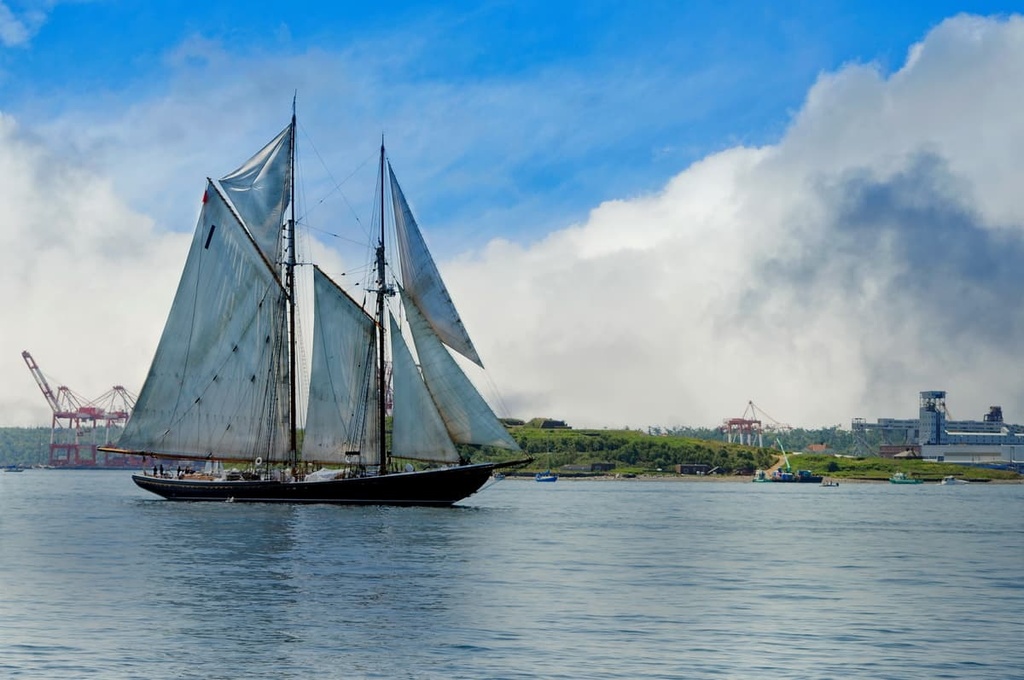
Perhaps the most famous landmark in not just the HRM, but all of Nova Scotia, is the lighthouse and surrounding fishing village located at Peggy’s Cove. Here, visitors are greeted with the classic ruggedness of the Nova Scotia coastline as rolling waves crash against rocky outcroppings.
The lighthouse itself was built in 1915 and has since become a cultural icon in the area. As a matter of fact, approximately 2.4 million people visit the location annually to take in the scenic beauty of the area. The provincial government has even recently built a new viewing platform in the area to help support the growing amount of traffic the region receives each year.
Peggy’s Cove is yet another area of the HRM that is marked by tragedy. On September 2, 1998, Swissair Flight 111 crashed into the Atlantic Ocean just off Peggy’s Cove. Two separate Swissair Memorial sites have been built in the area to honor the victims.

Outside of the downtown Halifax core area, there are plenty of beautiful provincial parks for visitors and residents to enjoy. The park system in the HRM truly has something for everyone, with scenic lakes meeting beaches with world-class waves.
Long Lake Provincial Park and Dollar Lake Provincial Park are two popular destinations for families looking to enjoy a swimming spot to cool off on a hot day. Elsewhere, Crystal Crescent Beach offers three pristine white sand beaches and a boardwalk system for hikers to enjoy.
Finally, we can’t mention beaches in the HRM without talking about Lawrencetown Beach Provincial Park. Here, strong rip tides and currents provide a top-notch surfing experience in the ocean along Lawrencetown beach.
Outside of the Halifax Regional Municipality, outdoor enthusiasts can enjoy two breathtaking national parks as well as the rugged coastline and world-famous tidal waves of the Bay of Fundy.
Cape Breton is easily one of the most scenic destinations in the entire world, with sheer cliff faces, deep river canyons, and miles and miles of untouched coastline. As the very first national park established in Atlantic Canada, it’s also home to the Cabot Trail, one of the most popular road trip destinations in all of Canada.
Cape Breton typically sees about 300,000 visitors per year, mainly during the warmer summer months. Visitors to the region can enjoy 26 official hiking trails, five main saltwater beaches, and two freshwater lakes.
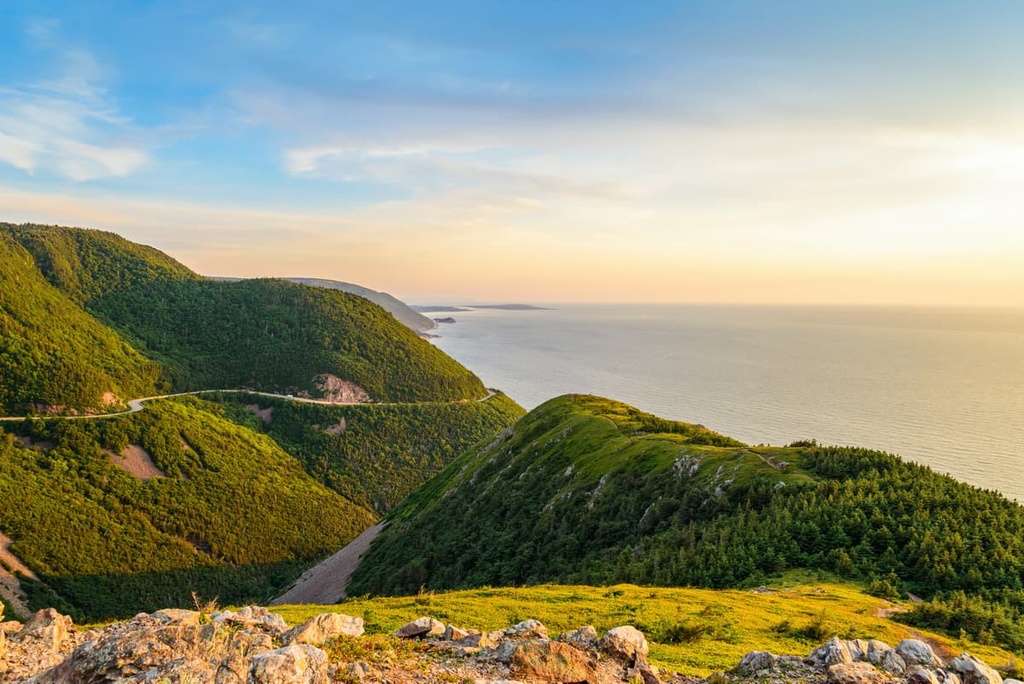
Kejimkujik National Park and the Kejimkujik National Historic Site of Canada are both well worth a visit for anyone interested in connecting with nature in an environment that also allows them to learn more about Mi’kmaq culture and traditions. Hiking, camping, and paddling are just some of the outdoor activities that visitors can enjoy at Kejimkujik National Park.
Nearby, the Kejimkujik National Park Seaside is a separate protected area that consists of some of the most pristine wilderness that Nova Scotia has to offer. White sand beaches, turquoise-colored water, coastal bogs, lagoons, and colorful wildflowers can all be found within the Kejimkujik ecosystem.
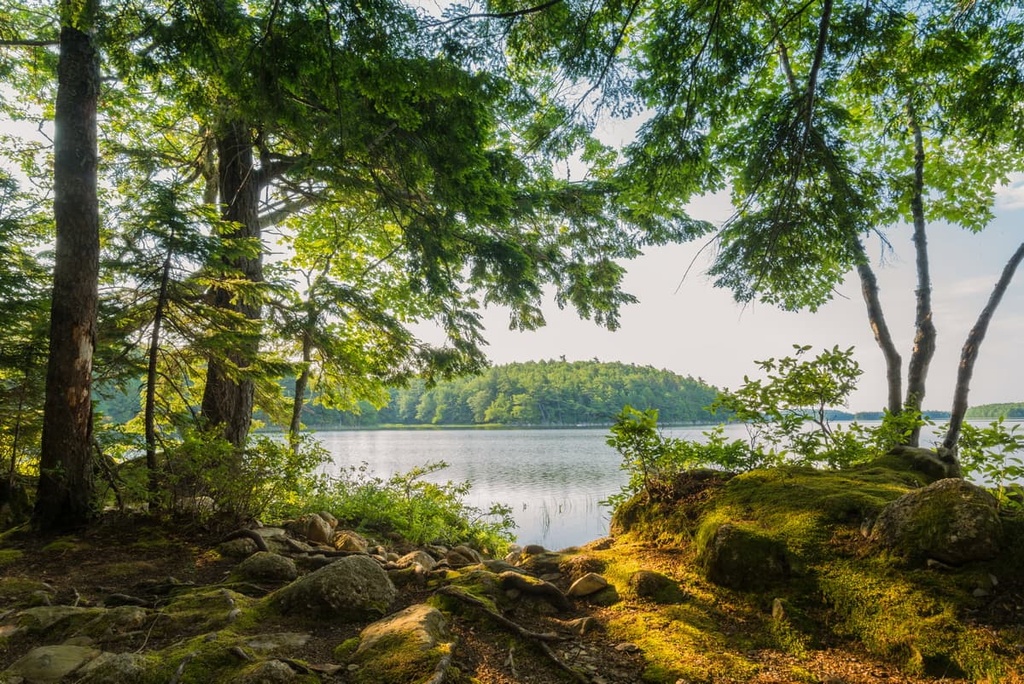
Stretching for approximately 320 kilometers (200 miles) across the coast between Nova Scotia and New Brunswick, the Bay of Fundy is considered to be one of the 7 Wonders of North America.
The Bay of Fundy is home to the highest tides on the entire planet, along with some of the rarest whales in the world. Dinosaur fossils and semi-precious minerals can even be found buried deep within the massive cliffs found in the bay.
A section of the western side of the bay is also protected as Fundy National Park. There are dozens of kilometers of hiking trails to enjoy in the park and in the surrounding region, such as the popular long-distance Fundy Footpath.
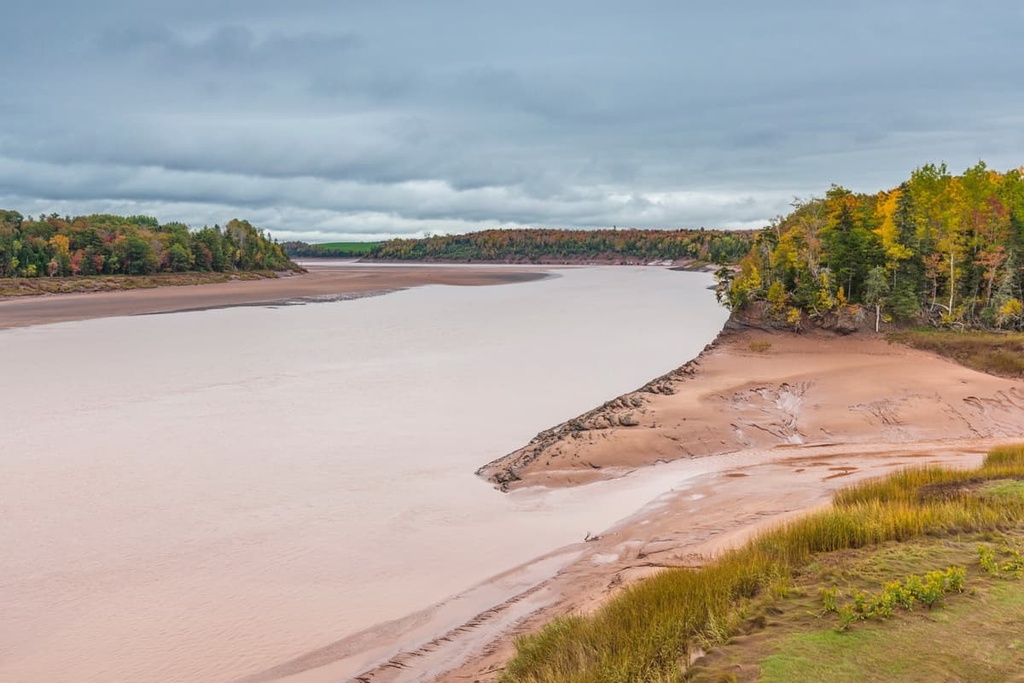
Before the amalgamation of the region’s administrative districts in April 1996, the Halifax Regional Municipality consisted of four separate major municipalities. Even after their merging, each of the four municipalities still retains its own distinct culture and personality to this very day.
With that in mind, here are some of the best cities to check out during your next trip to the Halifax Regional Municipality.
Halifax is the capital city of Nova Scotia and the largest city in the province. First incorporated as a city back in 1842, modern Halifax is home to a wide variety of cultural attractions and festivals for visitors to enjoy.
Every summer, the Buskers Festival occurs along the Halifax Waterfront, and it draws enormous crowds. Thanks to its vibrant and thriving multicultural scene, Halifax also hosts regular international film and food festivals.
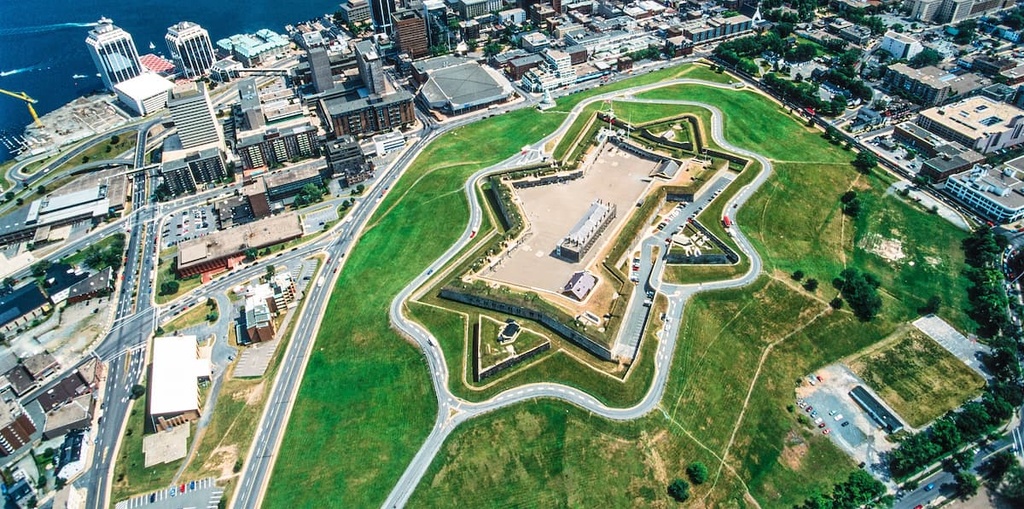
Located across Halifax Harbour from the city of Halifax is the city of Dartmouth. The two cities are connected by two main bridges, the Angus L. Macdonald Bridge and the A. Murray MacKay Bridge.
A sort of friendly rivalry exists between Halifax and Dartmouth. In response, Dartmouth even developed its own waterfront boardwalk system along the waterfront on their side of the harbor.
Dartmouth has been called the “City of Lakes” as it’s home to a huge number of lakes and parks within its boundaries. Many of the most popular beaches in Nova Scotia are also found in this region.
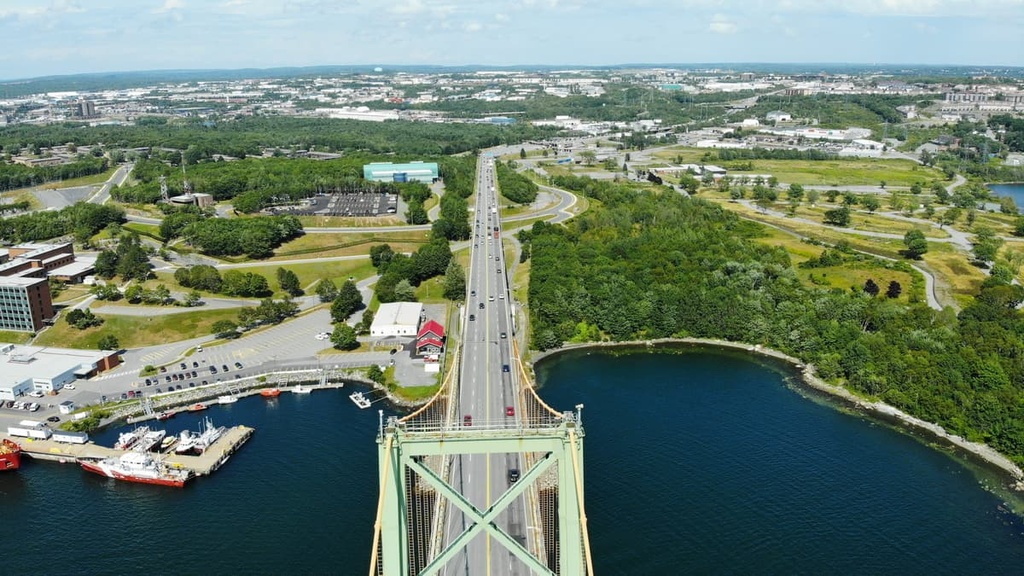
Bedford was an independent town in Nova Scotia from 1980 to 1996, at which point it was incorporated into the HRM. To this very day though, the small community of Bedford retains much of its independent spirit.
Located approximately 18 kilometers (11 miles) from the downtown Halifax core district, Bedford is home to residential areas, shopping malls, beautiful outdoor parks, and the Bedford Basin, which is a large enclosed bay that forms the northwestern end of the Halifax Harbour.
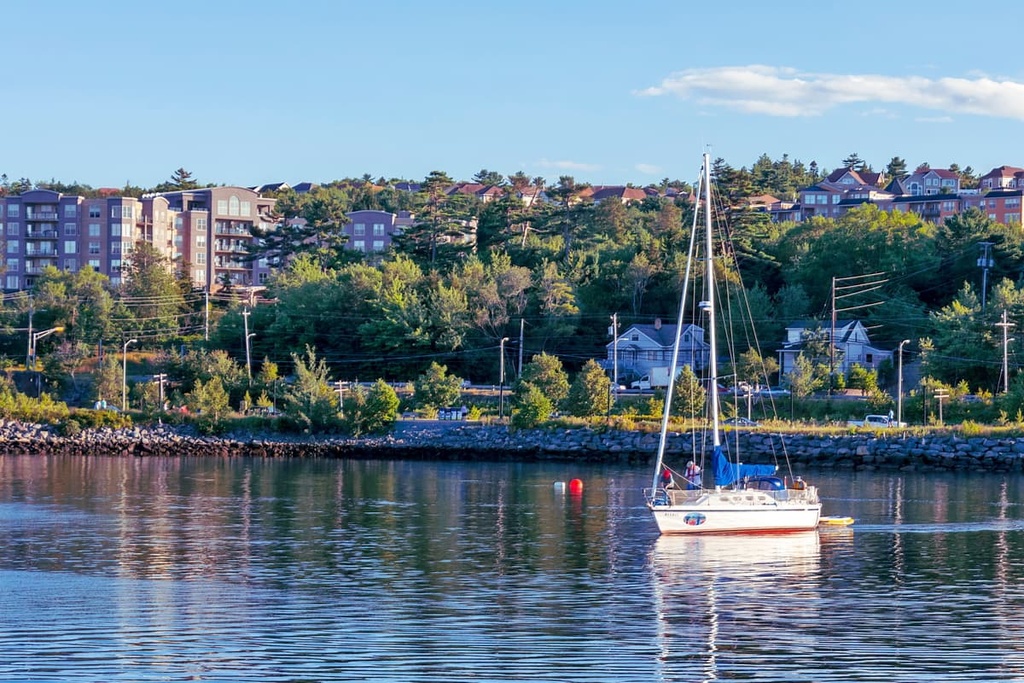
Halifax County consists of the outlying regions in the HRM outside of Halifax, Dartmouth, and Bedford.
Areas of note inside of the Halifax County boundaries include the reserves of Cole Harbour, Sheet Harbour, Shubenacadie, and Beaver Lake.
The Halifax County region is somewhat unique in that it continues to exist as a county in the province. However, it’s serviced and run by municipal governments provided by the Halifax Regional Municipality and local First Nations.
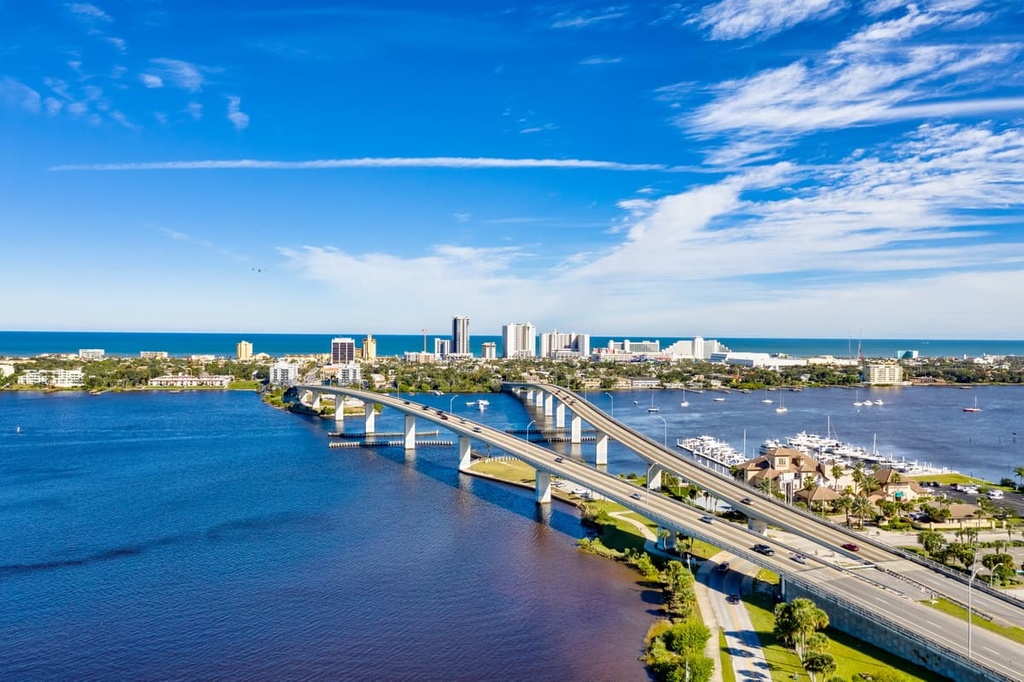
Explore Halifax Regional Municipality with the PeakVisor 3D Map and identify its summits.







